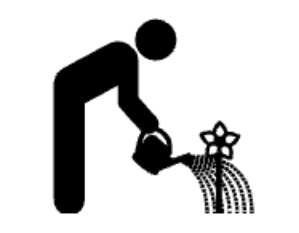Have you ever noticed little bumps on your plant’s leaves, branches, twigs, and even fruits? They might look harmless, but they’re hiding a secret – they’re actually scale insects, tiny sap-sucking villains wreaking havoc on your garden.
Scales come in over 8,000 varieties. Their shell-like bodies can easily be mistaken for fungal or bacterial growth but they actually aren’t.
As such, treating scale insects is completely different from treating a plant disease. Knowing the difference is crucial to effectively solving the problem and getting your plants healthy again.
This guide will walk you through everything you want to know about these pesky insects and how to get rid of scale on plants.
Jump to a section:
- What Are Scale Insects?
- Plants More Prone to Scale Infestations
- How to Identify Scale on Scale on Plants?
- Scale Insect Types: Armored vs. Soft
- Scale Bugs Lifecycle
- When to Combat Scale?
- Scale on Houseplants: A Special Case
- How to Get Rid of Scale on Plants: Your Battle Plan
- FAQ
What Are Scale Insects?
Tiny, immobile armor-plated knight (armored scale) or a soft, squishy aphid-like bug (soft scale) feasting on your plant’s juices. That’s essentially what scale insects are.
These insects pierce plant stems, leaves, and other parks, sucking out nutrients and leaving behind a sticky mess called honeydew. This honeydew attracts ants and promotes the growth of sooty mold, further weakening your plant.
Just like aphids, scale insects are notorious plant sap-suckers.
But unlike their soft-bodied cousins, scale insects come equipped with a secret weapon: a protective shell!
This is where their name comes from – some species sport a hard, waxy coating that resembles a tiny reptile scale, offering them a layer of defense.
However, don’t be surprised to find “soft scale” insects as well – these lack the armor, featuring a squashier, less conspicuous appearance.
Size-wise, scale insects are relatively small, ranging from a mere 1/8 inch to a half-inch in length. Their shapes can be quite diverse, from round and elongated to bumpy and even crab-like!
When it comes to color, they’re a surprisingly fashionable bunch, sporting black, white, tan, amber, or yellow hues.
Male scale insects are gnat-like creatures with wings, but they play a very short-lived role. Rarely seen and unable to feed, they leave the real work (and destruction) to the females.
The formidable females are completely immobile, lacking both wings and visible legs. They lay their eggs under their protective shells or cottony bodies (depending on the scale type) – kind of like a tiny hidden nursery.
After a wait of 1 to 3 weeks, the eggs hatch into tiny nymphs, also known as crawlers. These mobile youngsters have legs and use them to move around briefly before finding the perfect spot to settle down and start their sap-sucking careers.
Soon after they find their feeding spot, they develop their own protective shell (if they’re the armored type) and become stationary for the rest of their lives. This means both the adult females and the nymphs stay put, happily (or unhappily, depending on your perspective) feasting on your plant for their entire lifespan.
Plants More Prone to Scale Infestations
While no plant is entirely immune to scale insects, some varieties are more susceptible than others.
Here’s a breakdown of plant types that often find themselves under attack from these sap-sucking pests:
- Fruit Trees and Shrubs: Citrus trees, peach trees, apple trees, pear trees, and crape myrtles are all prime targets for scale insects. Their sweet sap and delicate leaves make them a tempting food source.
- Houseplants: Indoor plants like ferns, flaming karty, orchids, ficus trees, philodendron brasil, pink princess philodendron, and succulents can also be susceptible to scale infestations, especially if they’re not regularly inspected and cleaned. The warm, dry conditions of some homes can also create an ideal environment for scale insects to thrive.
- Evergreen Trees and Shrubs: Arborvitae, hollies, junipers, and azaleas are just a few examples of evergreen plants that can be vulnerable to scale. Their dense foliage can provide hiding places for scale insects, making them harder to detect and eradicate.
- Weakened or Stressed Plants: Plants that are already stressed due to factors like lack of sunlight, underwatering, overwatering, or nutrient deficiencies are more likely to attract scale insects. These weakened plants have a compromised defense system, making them easier targets for pests.
- Newly Planted Trees and Shrubs: Young, recently planted trees and shrubs are also more susceptible to scale infestations. Their delicate root systems and less established immune systems make them more vulnerable to attack.
How to Identify Scale on Scale on Plants?
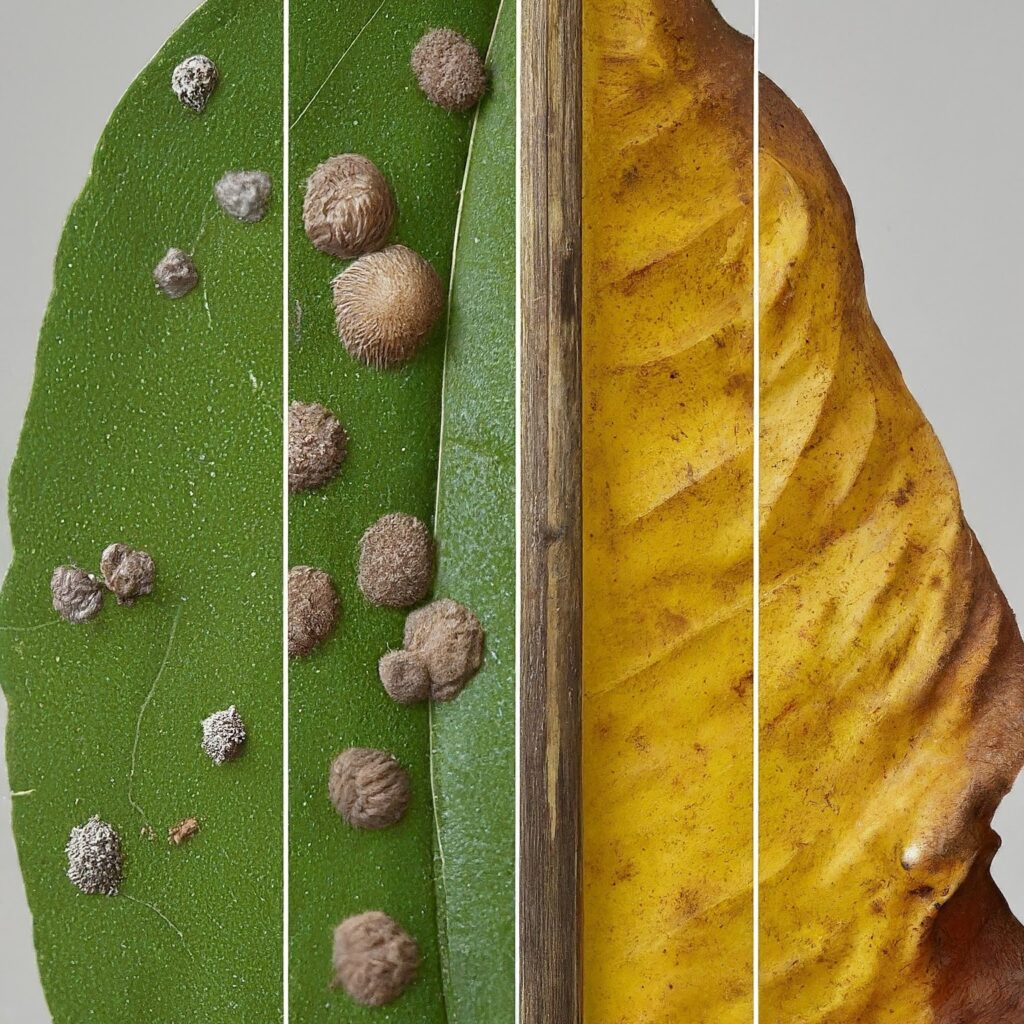
Those pesky scale insects might be tiny, but the damage they inflict on your plants can be quite noticeable.
Here’s how to turn detective and identify these stealthy sap-suckers before they wreak havoc on your greenery:
Bumby Growth
Check your plants very closely, especially the leaves, stems, and branches. Scale insects themselves often appear as little bumps or growths.
These bumps can be round, elongated, or even oddly shaped, depending on the specific scale species.
Their color can vary too, ranging from black and white to tan, amber, or yellow.
So, if you spot any unusual bumps on your plants, it’s time to investigate further!
Sticky Residue
Run your fingers gently along the undersides of leaves and branches.
If you feel a sticky residue, it might be honeydew, a sugary substance scale insects excrete as they feed. This sticky mess not only attracts unwanted guests like ants but also creates a breeding ground for sooty mold, a black fungus that further weakens your plants.
Yellowing and Drooping Leaves
As scale insects feast on your plants, they deprive them of vital nutrients. This can lead to leaves losing their vibrant green color and turning yellow.
In severe infestations, you might even see leaves prematurely dropping from the plant, giving it a sparse and unhealthy appearance.
Stunted Growth
A healthy plant thrives and grows steadily. But scale infestation can cause stunted growth.
Pay attention to new leaves and shoots – if they appear smaller and weaker than usual, it could be a sign of a scale infestation.
Pro Tip: Grab a magnifying glass for a closer look. Those tiny bumps might be just what you’re looking for!
Scale Insect Types: Armored vs. Soft
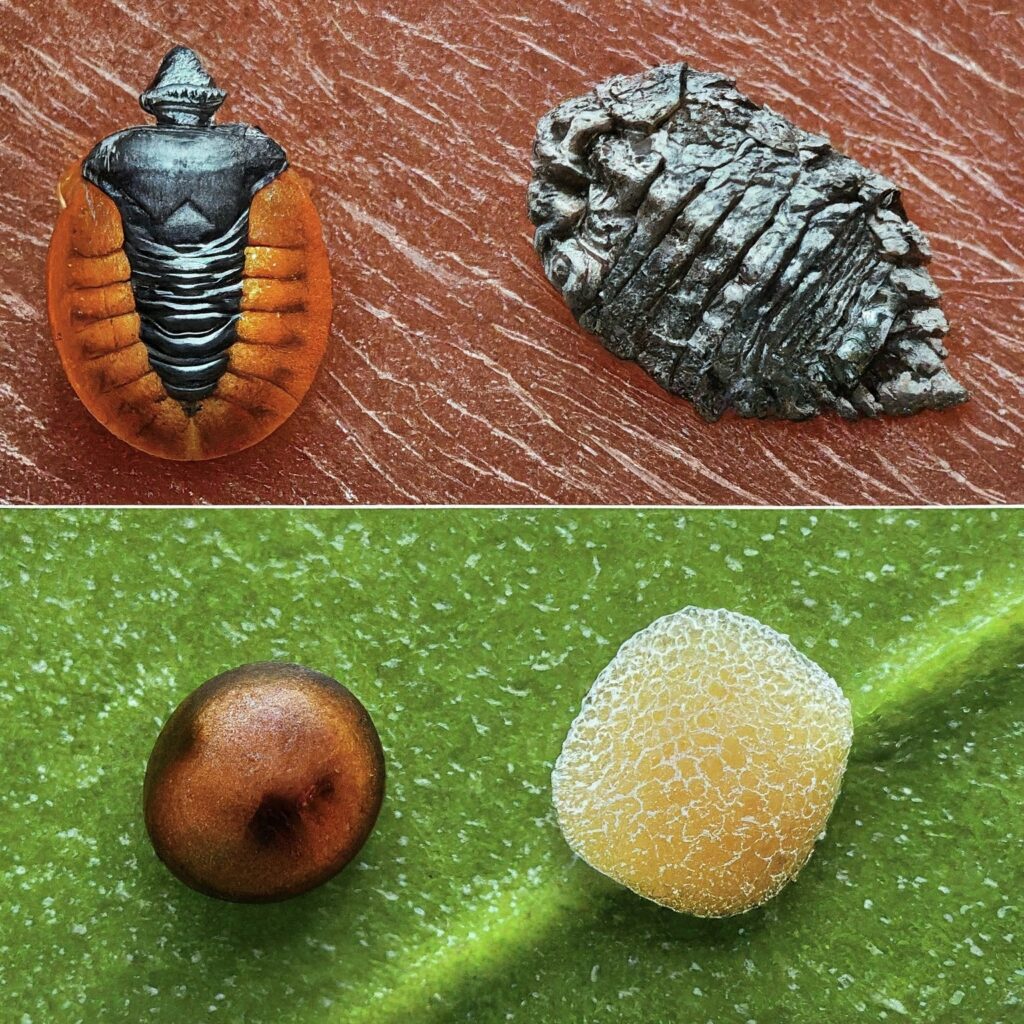
There are two main types of scale insects that most people come across: the armored scale and the soft scale.
1. Armored Scales
Imagine a tiny, immobile knight in shining armor – that’s essentially what an armored scale insect is. Their most defining feature is a hard, waxy covering that resembles a reptile scale.
The armor serves as their primary defense mechanism, making them more difficult to control compared to their soft-bodied counterparts.
Armored scales come in many different shapes and sizes, but they typically have a more fixed, bump-like appearance on your plant. Their color can range from black, brown, or gray to more subtle shades like tan or yellow, allowing them to blend in deceptively with the bark or stems.
Here’s the tricky part – because of their protective shell, some treatment methods, like insecticidal soap sprays, might not be as effective against armored scales.
However, don’t fret! Horticultural oils, which work by suffocating the insects, can be a powerful weapon against the armored scale.
2. Soft Scales
Unlike their armored brethren, soft scales lack the hard, waxy covering. They’re more akin to soft-bodied aphids, often appearing as squishy bumps or cottony masses on your plant.
The color of soft scales can vary from yellow and brown to green or even pink, depending on the species.
Soft scales might seem less intimidating than their armored counterparts but don’t underestimate their destructive potential. They reproduce more prolifically than armored scales, meaning a small infestation can quickly explode into a major problem.
The good news is that soft scales are generally easier to control than armored scales.
Insecticidal soap sprays, neem oil, and even rubbing alcohol can be effective against these squishy invaders.
However, persistence is key in the face of their rapid reproduction rate. You’ll likely need to repeat treatments to target newly hatched nymphs before they mature and develop resistance.
Scale Bugs Lifecycle
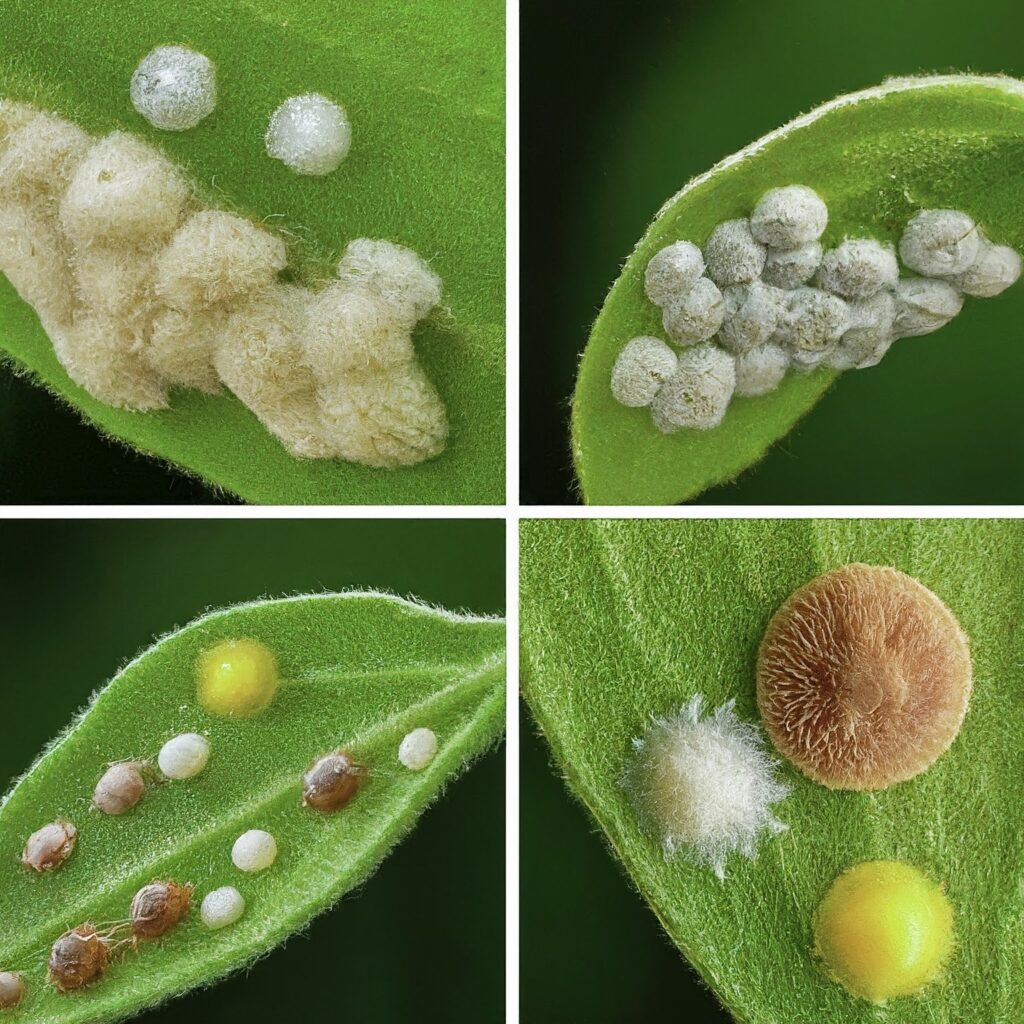
Knowing your enemy’s life cycle is key to defeating them. Here’s a simplified breakdown of the scale lifecycle:
Act 1: The Egg Stage
The story begins with adult female scale insects.
These formidable females lay a multitude of eggs, typically tucked away under their protective shells or cottony bodies (depending on the scale type) – like a miniature, hidden nursery.
These eggs are often well-camouflaged and difficult to spot with the naked eye. Depending on the species, the incubation period can last anywhere from a few days to several weeks.
Act 2: The Crawler Stage – A Window of Opportunity
After the waiting period, the eggs hatch, unleashing a wave of tiny, mobile creatures called crawlers or nymphs. These nymphs are the most vulnerable stage in the scale insect lifecycle.
Unlike their adult counterparts, they have legs that they use to actively crawl around the plant for a short period. This crawling behavior is crucial for them to find a suitable feeding spot.
Here’s where your vigilance comes in!
This brief crawler stage is your golden opportunity to intervene before the nymphs settle down and become a more difficult problem.
Insecticidal soap sprays or a blast of water can be highly effective in targeting these vulnerable crawlers and preventing a full-blown infestation.
Act 3: The Settlement Stage
Once the nymphs locate a suitable spot on your plant, they come to a stop. This is a critical turning point in their development.
They shed their legs and develop their defining characteristic – a protective covering (if they’re the armored type) or a cottony body (for soft scales). This newfound armor provides them with some protection from your attempts to eradicate them.
Act 4: The Feeding Frenzy
Now firmly established in their chosen location, the nymphs begin their reign of terror.
They insert their needle-like mouthparts into the plant’s stems or leaves and start siphoning out vital sap.
As they feed, they excrete a sticky substance called honeydew, creating a mess and attracting unwanted guests like ants. This honeydew can also foster the growth of sooty mold, a black fungus that further weakens your plant.
Act 5: Reproduction and the Cycle Continues
As the nymphs mature into adult females (males play a very limited role), the cycle starts anew.
The adult females lay another batch of eggs, perpetuating the infestation and potentially causing significant damage to your plants if left unchecked.
Understanding this lifecycle is crucial as it helps you identify the most vulnerable stages (crawler stage) and target them with appropriate control methods.
Remember, an ounce of prevention (like regular inspections) is worth a pound of cure when it comes to these persistent plant pests.
When to Combat Scale?
Don’t wait until your plant looks like it’s lost a battle! Early detection and treatment are crucial for successful scale eradication.
Here’s when to take action:
- Spot a few scale insects: Don’t wait for a full-blown infestation! Treat the problem as soon as you see it.
- Notice signs of damage: Yellowing leaves, sticky honeydew, and stunted growth are all indicators of a potential scale problem.
- Before new growth emerges: This is the best time to treat, as the new leaves and stems will be less vulnerable to future infestations. Remember the crawler stage, the most vulnerable point in the scale insect lifecycle?
Scale on Houseplants: A Special Case
Our beloved indoor plants are also susceptible to scale.
The good news is that the same treatment methods used outdoors can be applied to houseplants with some minor adjustments.
Since you won’t have access to natural predators indoors, focus on DIY pest control methods like manual removal, insecticidal sprays, and neem oil treatments. Remember to isolate infested houseplants to prevent the scale from spreading to your other greenery.
How to Get Rid of Scale on Plants: Your Battle Plan
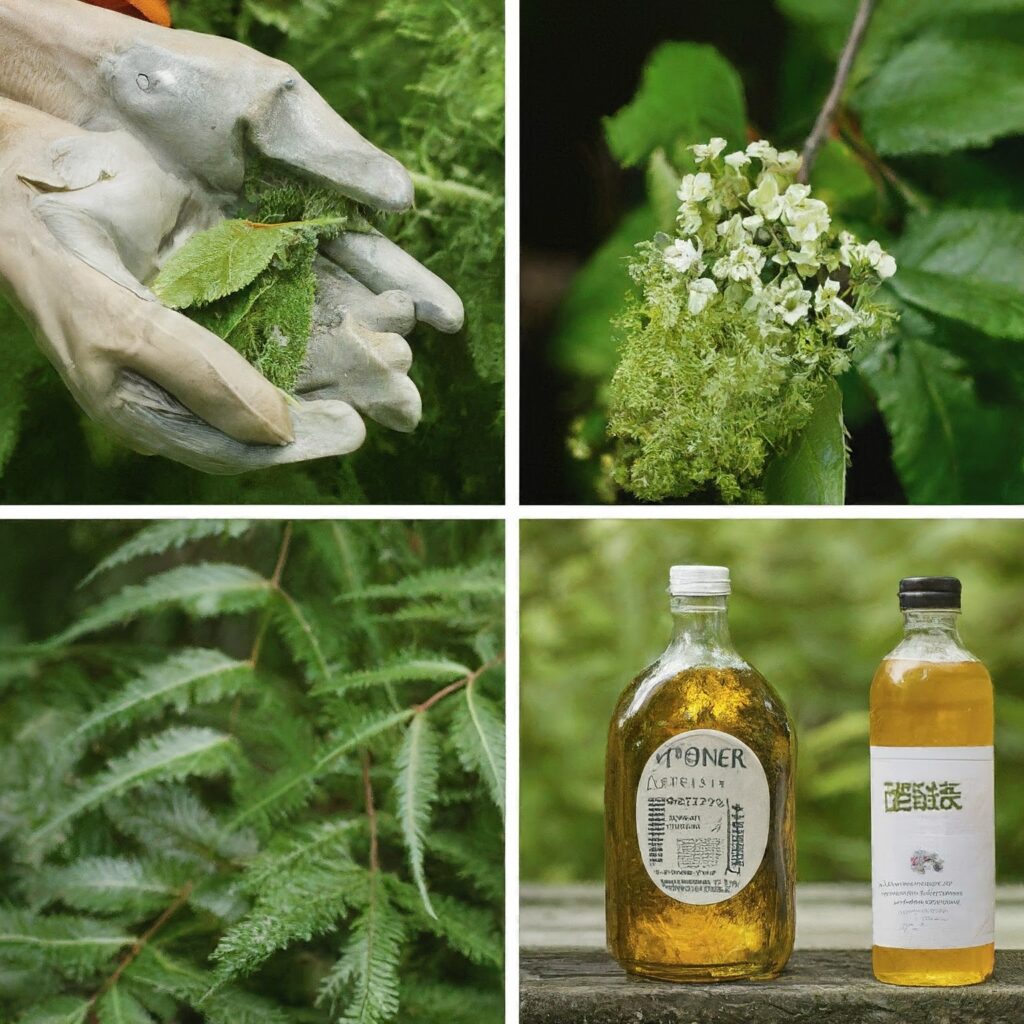
It’s no wonder that the sight of scale insects on your beloved plants can be disheartening. But thankfully, with the right battle plan and a little perseverance, you can reclaim your greenery and send these sap-sucking invaders packing.
Here’s your comprehensive guide to getting rid of scale on plants:
Step 1: Inspect and Identify
Before launching a full-scale attack, gather intelligence on your enemy.
Take a close look at your plants, paying particular attention to the undersides of leaves, stems, and branches. These are prime locations for scale insects to congregate and feast.
- Spot the Bumps: Look for unusual bumps or growths on your plants. Scale insects often appear as round, elongated, or oddly shaped bumps, depending on the species. Their color can vary from black and white to tan, amber, or yellow.
- Sticky Fingers Test: Run your fingers gently along the undersides of leaves and branches. If you feel a sticky residue, it might be honeydew, a sugary substance scale insects excrete.
- Identify the Culprit: Once you’ve confirmed the presence of scale insects, try to identify the specific type. Armored scales have a hard, waxy covering, while soft scales are squishy and lack this armor. Knowing the type will help you choose the most effective treatment method.
Step 2: Isolate and Contain
Once you’ve identified an infestation, it’s crucial to isolate the affected plant to prevent the scale insects from spreading to your other precious greenery.
Quarantine the infected plant in a well-ventilated area away from healthy plants.
Step 3: Select the Right Scale Treatment
Depending on the severity of the infestation and the type of scale insect, you have a variety of treatment methods at your disposal:
1. Manual Removal (Light Infestations)
For very small infestations, you can try manually removing the scale insects with your fingernails, tweezers, or a cotton swab dipped in rubbing alcohol. Be gentle but thorough, and dispose of the removed insects properly to prevent them from re-infesting your plant.
2. Use Water
A strong blast of water can dislodge young, unarmored scales, especially effective against newly hatched crawlers before they establish themselves on your plant.
3. Wipe off any Dead Scales
Once the scales are dry and dead, they’ll often detach from the plant easily. Use a cotton swab dipped in rubbing alcohol or insecticidal soap to gently remove them. In doing so, be sure to work with care to avoid harming the foliage.
4. Prune Branches
For heavily infested areas or branches, consider pruning them off completely. This will not only remove the scale insects but also encourage new, healthy growth.
5. Alcohol Treatment
For light infestations, especially on soft-bodied scales, rubbing alcohol can be a quick and effective solution.
Dip a cotton swab in rubbing alcohol (70% isopropyl) and dab it directly on the scale insects.
Be sure to test this method on a small, inconspicuous area of the plant first to check for phytotoxicity (plant poisoning).
6. Dish Detergent/Soapy Water
At a pinch, you can use a mild dish soap solution or soapy water to control a light-scale infestation.
Mix a few drops of dish soap (avoid harsh detergents) with a liter of water and spray it directly on the scale insects.
However, this is a less potent option compared to insecticidal soap or neem oil, and it may not be effective against all types of scales. Plus, some plants might be sensitive to dish detergent, so always test it on a small area first.
7. Insecticidal Soap Sprays
These eco-friendly sprays are effective against soft-bodied scales and some young armored scales. They work by dehydrating and killing the insects. Always follow the manufacturer’s instructions for dilution and application.
8. Neem Oil
A natural pesticide derived from the neem tree, neem oil disrupts the growth and reproduction of scale insects. It also has fungicidal properties, making it a great all-around option for pest and disease control.
However, neem oil can have a strong odor, so be sure to use it in a well-ventilated area. Test it on a small area of the plant first to check for phytotoxicity (plant poisoning).
9. Horticultural Oils
These oils suffocate scale insects by coating their bodies and disrupting their respiratory system. Horticultural oils are particularly effective against armored scales whose waxy covering makes them resistant to other methods.
Apply them according to the manufacturer’s instructions, paying close attention to temperature recommendations, as some oils can damage plants in hot weather.
10. Chemical Insecticides (Last Option)
If the infestation is severe and other methods haven’t worked, consider using an insecticidal spray specifically formulated for scale insects.
However, this should be a last resort, as insecticides can harm beneficial insects and pollute the environment.
Always choose a product labeled for scale control on your specific type of plant, and follow the application instructions carefully.
Step 4: Launch Your Attack
Once you’ve chosen your weapon, it’s time to launch your attack! Here are some factors to consider:
- Thorough Coverage: Ensure you thoroughly coat all parts of the plant, especially the undersides of leaves and stems, where scale insects tend to congregate.
- Repeat Treatments: Remember, scale insect eggs are not affected by most treatments. To break their life cycle and ensure complete eradication, you’ll likely need to repeat treatments every few days (depending on the chosen method) to target newly hatched crawlers before they mature.
- Monitor and Adjust: Keep a close eye on your plant after treatment. If you see any live scale insects remaining, adjust your treatment strategy or try a different method.
Step 5: Post-Battle Care
You’ve pulled the weeds, but keeping the garden healthy requires ongoing maintenance.
Here’s how to help your plant recover from the scale infestation and prevent future attacks:
- Buy Healthy Plants: Start with strong, healthy plants that are less susceptible to pests. Inspect plants carefully before purchasing them from nurseries.
- Provide Proper Care: Healthy plants with a strong immune system are more resistant to pests like scale insects. Ensure your plants receive adequate watering, sunlight, and nutrients according to their specific needs.
- Encourage Beneficial Insects: Ladybugs, lacewings, and parasitic wasps are natural predators of scale insects. Attract these beneficial insects to your garden by planting flowering herbs and providing them with hiding places.
- Maintain Sanitation: Remove fallen leaves, debris, and weeds around your plants. This can help reduce hiding places for scale insects and other pests.
- Avoid overcrowding: Proper air circulation helps prevent moisture buildup, which can create a favorable environment for scale insects. Avoid overcrowding your plants and ensure they have adequate spacing.
That was a comprehensive battle plan against those pesky scale insects!
Remember, the key to success is a combination of vigilance, early intervention, and the right treatment approach. Use the methods outlined in this guide to keep your plants looking their best and ensure they flourish season after season.
FAQ
1. How do I permanently get rid of scales?
Unfortunately, there’s no permanent solution, as scale insects can always re-infest your plants.
However, by following the preventative measures outlined in this guide and being vigilant with regular inspections, you can significantly reduce the risk of future infestations.
2. Will scale go away on its own?
It’s unlikely.
Scale insects will continue to feed and reproduce on your plants, causing damage and weakening them over time.
Early intervention and treatment are essential to control the infestation.
3. Can you remove scale by hand?
Yes, for light infestations, you can remove individual scale insects with your fingers or a cotton swab dipped in rubbing alcohol or soapy water.
However, this method can be time-consuming for larger infestations.
4. Does vinegar get rid of scale?
While some gardeners swear by vinegar solutions, their effectiveness is debated.
Vinegar can be acidic and potentially harm your plants. It’s generally safer to stick with the methods mentioned in this guide, like insecticidal soap or neem oil.
5. What is the best insecticide for scale insects?
There’s no single “best” insecticide, as the most effective option will depend on the specific type of scale and the severity of the infestation.
Always choose an insecticide labeled for scale control on your specific plant and follow the application instructions carefully.
However, remember that chemical insecticides should be a last resort due to their potential harm to beneficial insects and the environment.
6. Does white oil get rid of scale?
Yes, horticultural oils, also known as white oil, can be very effective against scale insects, especially armored scales. They work by suffocating the insects.
Make sure to choose a product labeled for use on your specific plant and follow the application instructions carefully, paying close attention to temperature recommendations.
